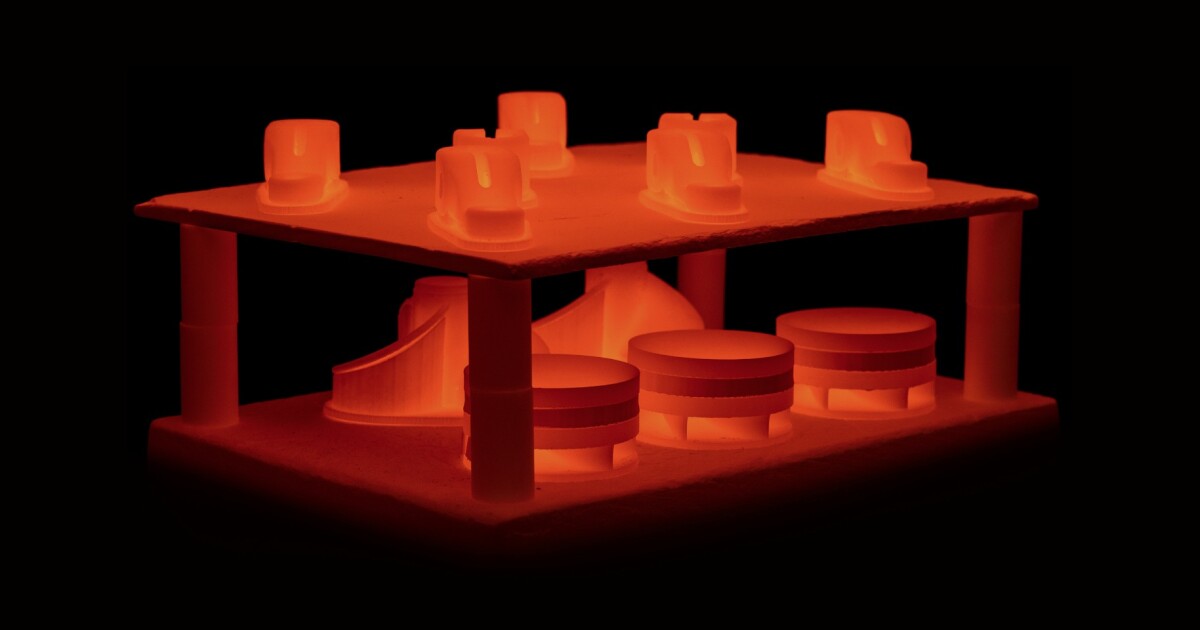This is a 2017 article…
And six years too late? This article was published in 2017.
idk I’m not convinced this will be as big of a deal as the author makes it out to be. I don’t believe you can achieve a reasonable level of accuracy if it’s going to shrink by ~15% in the sintering process, and I can’t think of many hobby parts that need to have the strength of metal without the precision of a machined part. I mean, certain ABS plastics can become very strong if printed at higher infill levels, and plastics can also be sintered to further increase strength in a regular oven. Sure metal can beat that easily in a head-to-head but what consumer needs non-precise parts that strong, y’know?
Not trying to be argumentative, but I can think of quite a few automotive situations where it would be useful. Not for precision parts, like engine, or crash parts. Rather, when you’re modifying an old car, and need a complex spacer, or bracket, that will take forever to hand make, or would be very complicated to weld/fab due to shape constraints.
It’s really interesting, it prints metal infused filament and then bakes out the binder which causes it to shrink by about 7%. https://youtu.be/MbSqSZevKo8?t=13m17s



